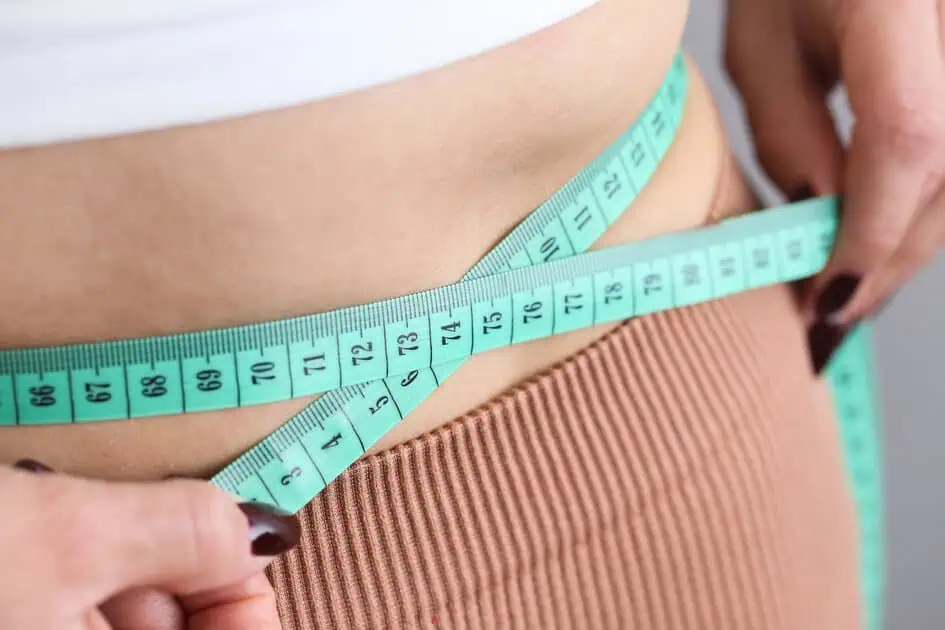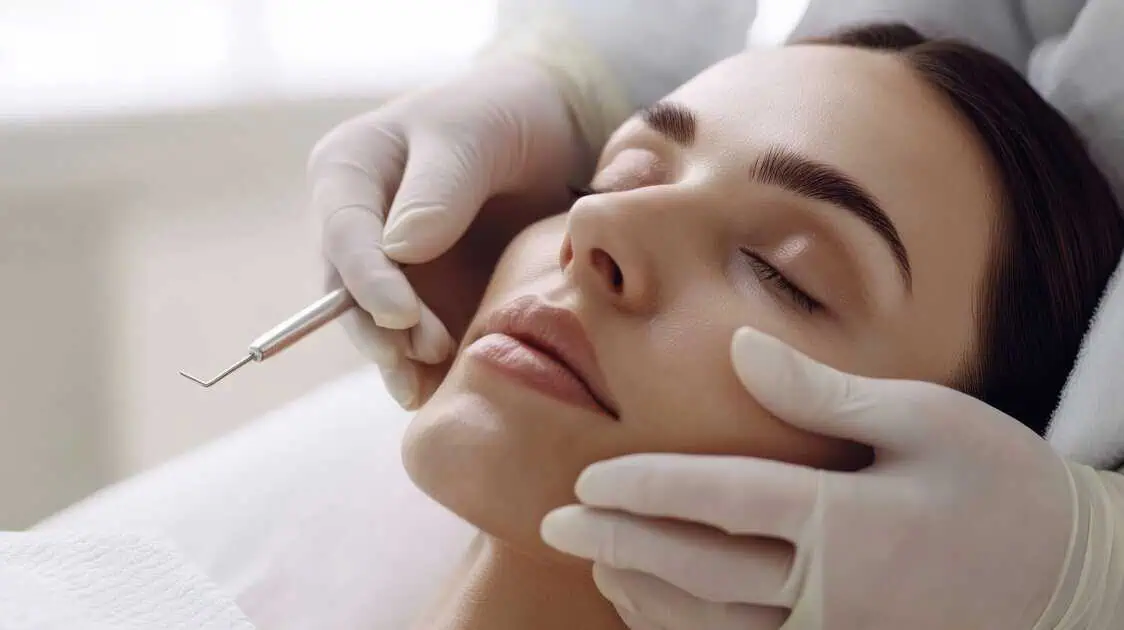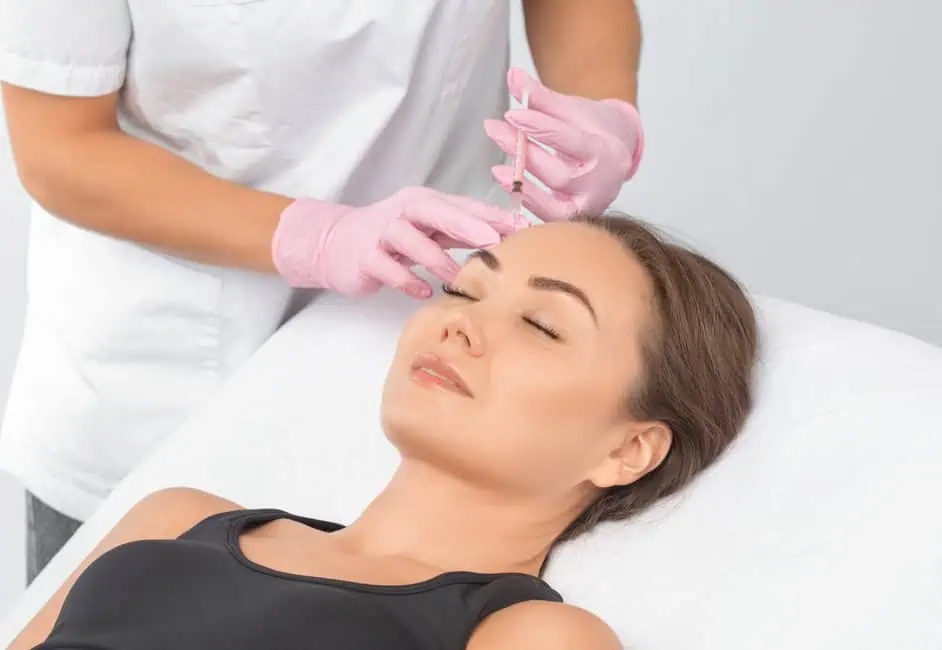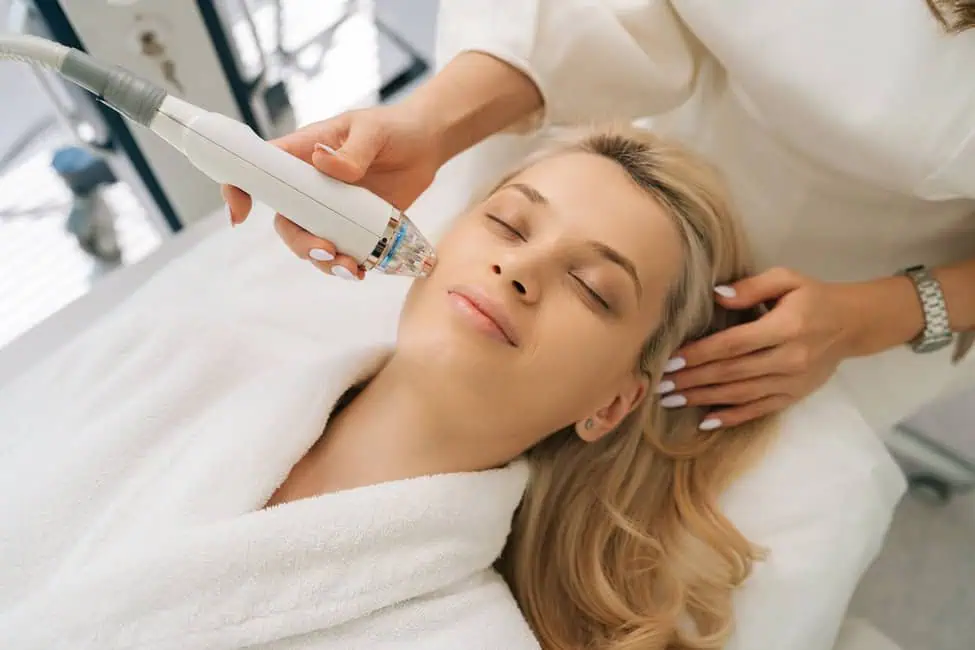Testosterone is a key part of our bodies, especially for men. It’s not just about fueling our energy levels or libido; it’s also a key player in maintaining muscle mass and strength. But what happens when testosterone levels drop? Though the effects of low testosterone, or Low-T, are frequently discussed, it’s not always evident how precisely Low-T affects our muscles and total physical capacity. Low-T can cause a substantial reduction in strength and muscle weakness, which can profoundly affect our day-to-day functioning.
What is Low Testosterone (Low-T)?
Low-T, often known as low testosterone, is a condition that goes beyond a simple numerical value on a medical record. For many, it’s a reality that affects how they feel and how they go about their everyday lives. Testosterone is an essential hormone for many body processes, especially for men. It affects everything, including muscular mass and mood.
It is normal for men’s testosterone levels to decline with age. Some people, nevertheless, experience a decline that surpasses the normal aging process and results in Low-T. This is more than just feeling a little worn out or losing interest in once-enjoyable hobbies. It’s a big alteration that can show up as a decrease in energy, a weakening of the muscles, or even adjustments to mood and sexual function.
But Low-T isn’t exclusive to older adults. It affects men of all ages, and its effects go beyond the physical. It can also have an impact on emotional health, which can result in problems like low self-esteem and a general decline in quality of life. Identifying these changes as possible indicators of Low-T is important in this case, rather than writing them off as normal aging or life stressors. By gaining knowledge of Low-T, we may begin to properly address it and pave the way for therapies and lifestyle modifications that truly impact it.
Impact of Low Testosterone on Muscle Mass and Strength
With Low-T, one of the most noticeable changes is a reduction in muscle synthesis. This doesn’t just mean it becomes harder to build new muscle; it also implies a struggle to maintain your already-med muscle mass. It’s like working against a current constantly trying to erode your muscle strength and size. As a result, once straightforward tasks start to feel more challenging, maintaining fitness levels becomes an uphill battle.
Furthermore, this decrease in muscle mass isn’t occurring in isolation. As testosterone levels fall, there’s often an increase in fat deposition. This shift in body composition can be demoralizing and frustrating, especially for those who have always prided themselves on their physical fitness or appearance.
But it’s not just about looks or even basic strength. Muscle mass plays a crucial role in overall health and well-being. When it diminishes, it can decrease functional strength – the kind of strength you need for daily activities. Whether carrying groceries or climbing stairs, muscle mass and strength loss can subtly yet significantly impact the quality of life.
The psychological aspect is just as important. Dealing with these physical changes can affect self-esteem and mental health.
Addressing Low Testosterone
Testosterone replacement therapy’s goal is not just to bring numbers back to a desired range but to restore a sense of normalcy and well-being in daily life.
TRT involves administering hormones biologically identical to those naturally produced by the body. This method is favored for its effectiveness and mimicking the body’s natural processes as closely as possible. By reintroducing these hormones, TRT aims to alleviate Low-T symptoms, such as muscle weakness, fatigue, and reduced libido.
However, addressing Low-T isn’t just about medical treatments. It’s a holistic process. Alongside TRT, lifestyle changes play a pivotal role. This includes adopting a balanced diet, exercising regularly, managing stress, and ensuring adequate sleep. These lifestyle adjustments complement TRT’s effects, helping maximize its benefits and maintain overall health.
Keep in mind that TRT isn’t a one-size-fits-all solution. Each person’s experience with Low-T is unique, as is their response to treatment. Regular monitoring and adjustments by healthcare professionals ensure the treatment remains effective and safe.
When To Expect Results
Each person’s path toward normalizing hormone levels and reducing Low-T symptoms is unique. Though it’s normal to want results right away, the body requires time to react to the treatment and adjust.
After beginning their treatment, many patients see improvements in as little as a few weeks or months. This period is not set in stone and can vary depending on a number of variables, such as the degree of the testosterone shortfall, the particular treatment plan employed, and individual physiological variances.
In the initial weeks, some of the earliest indications of improvement may be slight. A progressive rise in energy, an uplifted mood, and an enhanced sense of well-being are a few examples. More pronounced changes might happen as the course of treatment goes on. This may entail modifications to body composition, such as less fat accumulation and more muscle mass, as well as an improvement in libido and physical strength.
Potential Side Effects
Some people may have adverse symptoms, including moderate breast growth (gynecomastia), acne, or fluid retention. While swelling in the extremities may be a sign of fluid retention, acne may be a response to hormonal changes. Hormonal changes might also result in mild breast augmentation. As the body gets used to the medication, these side effects are typically tolerable and eventually go away.
The medical staff at Royal Wellness Clinic pays close attention to tracking each patient’s development. For the purpose of managing possible adverse effects and detecting them early, careful control is necessary. The healthcare team can ensure the efficacy and safety of the treatment regimen by making any required adjustments during routine check-ins and evaluations.
The goal is to strike a balance – effectively treating the symptoms of low testosterone while minimizing any adverse effects.
Takeaway
Are you prepared to take back your strength and vitality? At Royal Wellness Clinic, we specialize in individualized Low-T therapies that are successful and catered to your particular need. Our staff is here to support you at every turn, ensuring your path to improved health is successful and easy to navigate. We can assist you if you’re experiencing weariness, muscle weakness, or other low-T symptoms. Schedule Now for an assessment with us right now to get started on the path to a more energetic and satisfying life.








